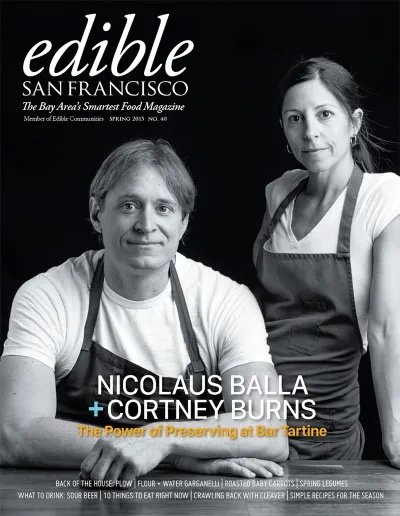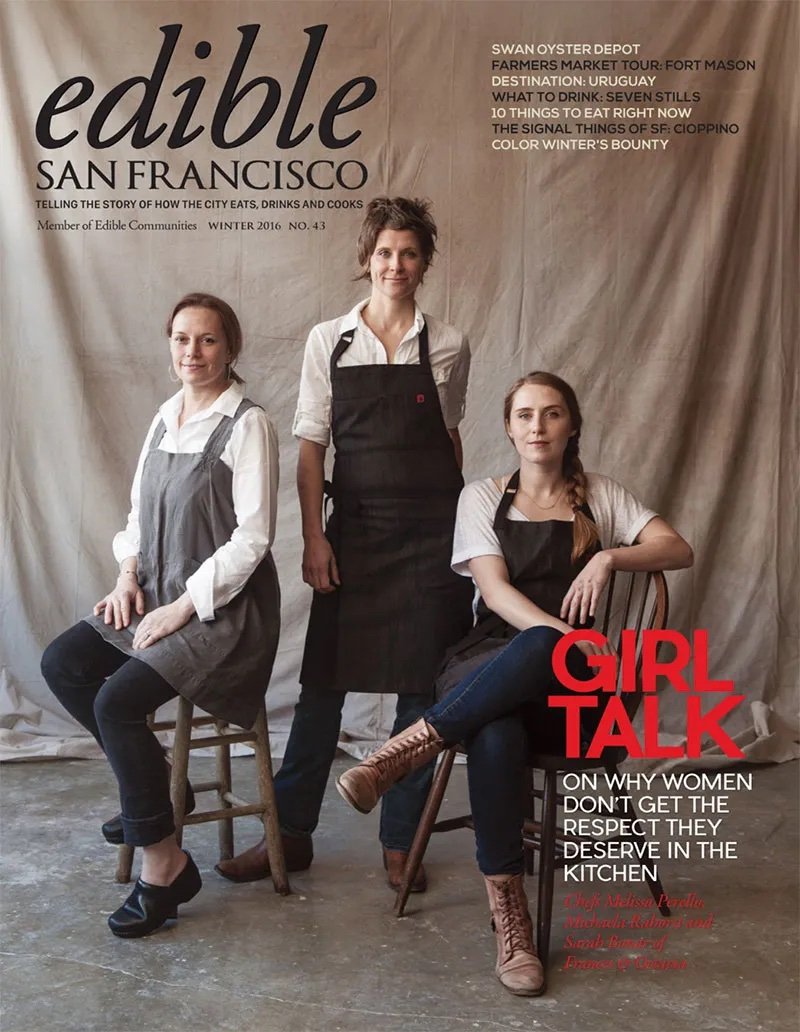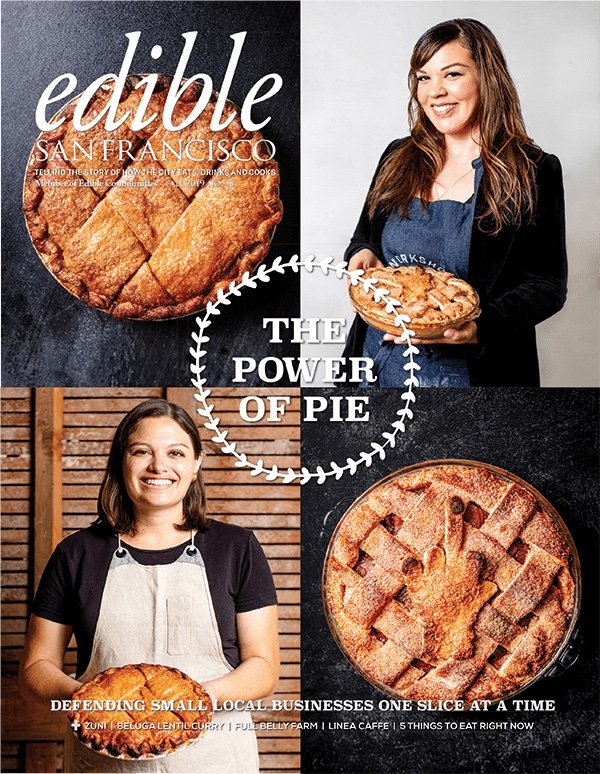Featured Stories
Beyond Ornamental: Merchant Roots ‘In Bloom’ Redefines Botanical Dining
Blooms on the palate: where flora becomes flavor
Side A Brings High-Fidelity Dining To SF’s Mission District
Where vinyl meets cuisine: a sonic-culinary symphony in the Mission
Bare-handed Feasting Draws Crowds At Four One Nine
Fork’s off : ‘Hands Please’ art exhibition brings SF chefs to curate bare-handed dining experience paired with photography
Editor’s Picks
RYAN SHELTON’S ‘PEASOTTO’ DISH AT MERCHANT ROOTS
Events
-
Bouquets to Art returns for its 41st year at both the de Young and Legion of Honor, where top floral designers transform galleries with botanical installations inspired by the collections. Opening reception, luxury raffle, and artist talks throughout the week.
[RSVP NOW] -
Outstanding In The Field is taking over McEvoy Ranch — a fragrant olive tree orchard — for their deluxe 5-course dinner by San Francisco’s beloved Uma Casa.
-
From humble beginnings to 40+ winemakers from 5 countries, WINeFare has become the premier showcase for women producers and importers in natural wine. Held at Haight Street Art Center.
[RSVP NOW] -
Host Leslie Sbrocco toasts two decades with 50+ restaurants and wineries featured on the show, all under one roof for unlimited tastings. Jazz by Lidia Rodriguez sets the vibe as you sample the Bay's best bites and sips—a true feast for longtime fans and newcomers alike.
[RSVP NOW] -
Queer joy meets Filipino creativity in the heart of SOMA Pilipinas—where generations of resistance bloom into celebration. Eat, drink, shop, and vibe at Kapwa Gardens the cultural district transforms into a kaleidoscope of pride, culture, and unapologetic love.
[RSVP NOW] -
Year five of this waterfront celebration brings 20 Black food entrepreneurs to the plaza, plus In The Black's craft market. Come hungry—this kind of vendor lineup doesn't happen often enough.
-
Master the sultan's pasta—a 19th-century fusion born when Johor royalty brought spaghetti home from Italy and reinvented it with spicy fish ragu. Learn to craft authentic Johor laksa alongside contemporary twists like laksa wings and madeleines in this hands-on class at 18 Reasons.
Our June issue is now available at select stockists. Follow the breadcrumbs.
By Melody Saradpon
Our Bold Summer Release
Our June edition celebrates San Francisco's NEW GUARD — the rule-breakers crafting experiences you won't find anywhere else.
Hybrid concepts that defy categorization, chef-driven spaces that blur the lines between restaurant and social experiment, and the fearless innovators transforming unlikely spaces into culinary destinations.
Discover the future of SF dining before everyone else catches on. On newsstands June 1.

















